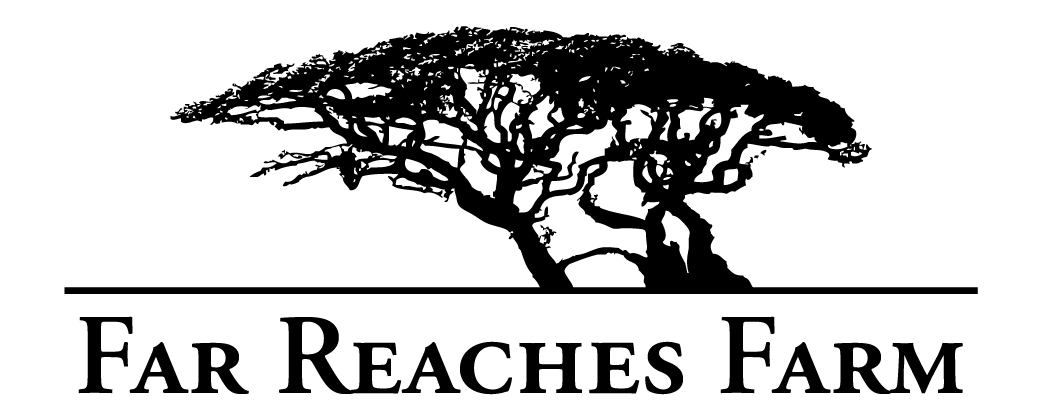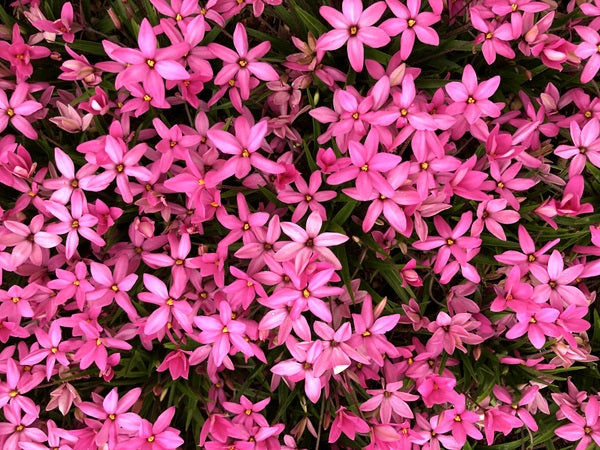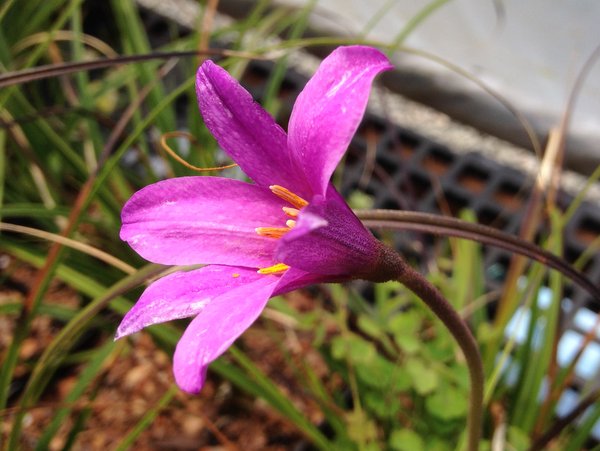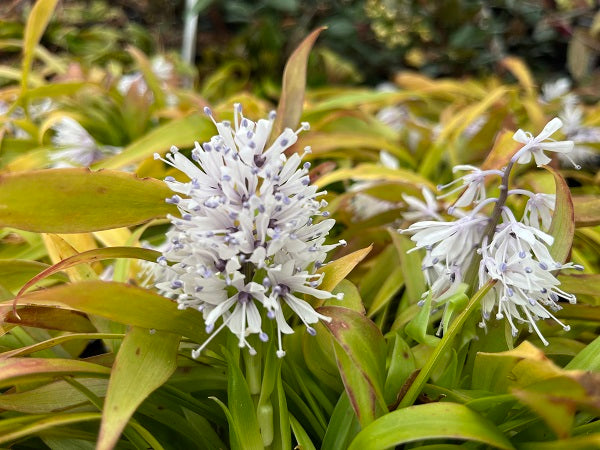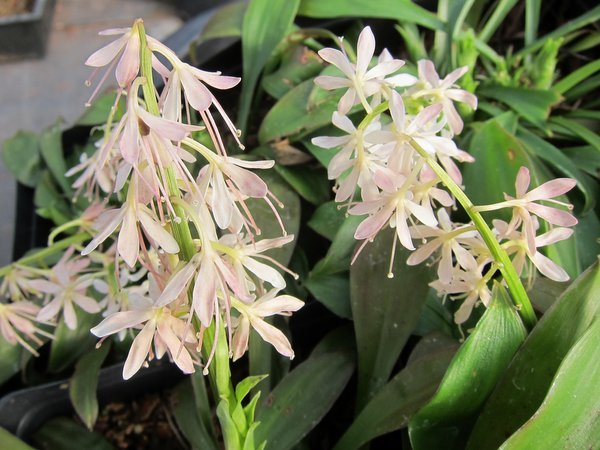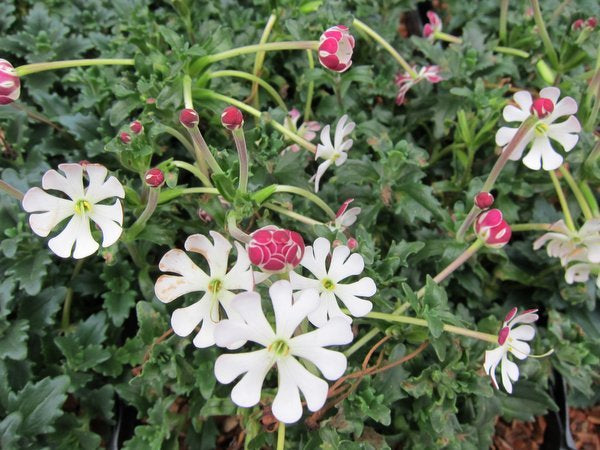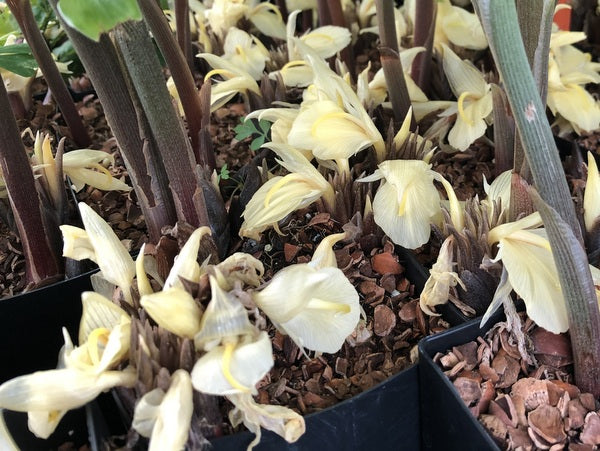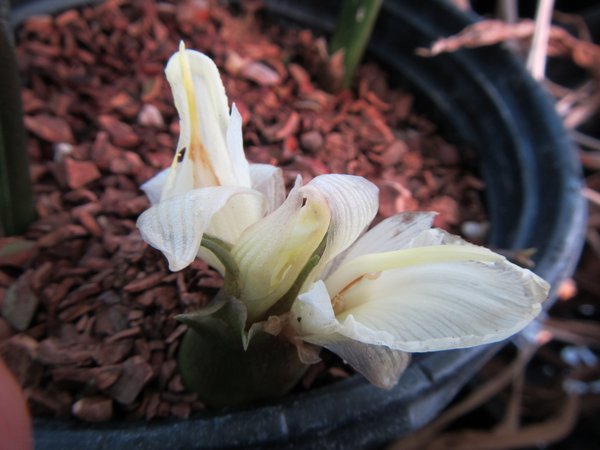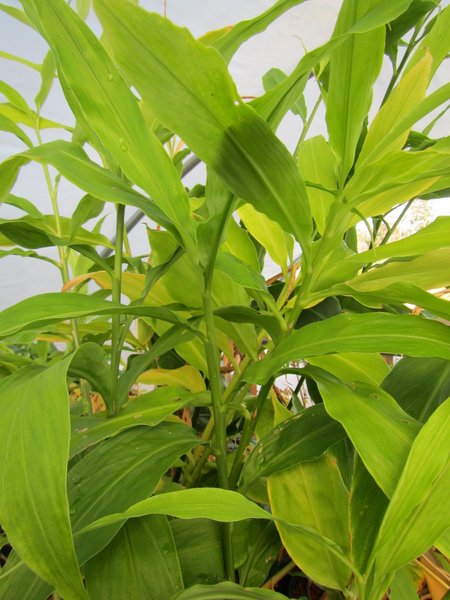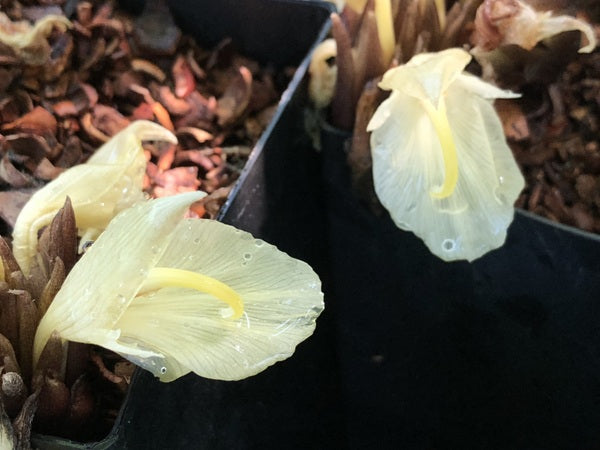Sort by:
1775 products
1775 products
This accidental bee cross between Phyllodoce breweri and Kalmiopsis leachiana arose in Mike and Polly Stone's Scottish garden, Askival. Evergreen small leaves on a low rounded shrublet to 16" and a bit wider. Copious bright mauve-pink flowers can cover the foliage in early summer making this a star in our rock garden.
A super hybrid out of the UK from crossing the two related genera, Hypoxis and Rhodohypoxis. These genera occur in South Africa and are small bulbous members of the Iris family. While just a few inches tall, these are showy beyond the implied limits of their size and can cover themselves for weeks in large red flowers. Easy to grow and a fast increaser, this will become a favorite. Cold climates can be overwintered inside where cool.
Poor Knight's Lily. Crazy good plant endemic to 3 islands off of New Zealand's North Island where it grows in rocky outcrops. Evergreen sword leaves to 3' with stunning red bottlebrush flowers that are like nothing else. It is frost-sensitive and can take 15 years to flower but if potbound, you can shave some years off. The wait will be completely worth it.
Resurrection Lily. Incredibly tough South African species in everyone's favorite family, the Velloziaceae. Slow-growing tussocks of grassy leaves and showy bright mauve flowers. This is the subject of much research for crop drought tolerance as this can totally dry out (to 5% water) for months and then revive in days with rain. Hardiness is not personally known to us although our source for this said zone 6 but we have the skepticism of years. Fire tolerant, one South African key refers to the blackened lower stems from persistent fires. These are divisions from our one clone we have had for years. Ideal rock garden candidate - good drainage.
Our collection where this was growing on a shaded and mossy rock face above a stream. The spider web covered in venomous painful neurotoxin droplets necessitated a frantic wash in the stream. White flowers sporting blue-violet anthers. Great shade plant and unexpectedly lovely in early to mid spring.
A collection by Hinkley from Vietnam of this smaller form of Ypsilandra with narrow leaves in a rosette and smaller compared to Y. thibetica. Ypsilandra are great woodland perennials and we have most often seen them in the wild growing on shaded moist rocks. The usual short magic wand of white flowers in spring. Recent molecular work has moved the Asian genera of Ypsilandra and Heloniopsis to Helonias but we think since these genera diverged from the single line 20 million years ago and have been evolving and speciating ever since, with the only Helonias being in eastern North America, the case for retaining the three genera is pretty good. They will have to pry Ypsilandra from my cold dead fingers.
Fairly recent introduction from China of this superb evergreen perennial. This makes a tidy rosette of evergreen leaves with very attractive scented white flowers in early spring which adds another layer of interest to the shade garden. Makes a nice clump. We say yip-sil-landra by the way. Doesn't mean it's right but we do it so authoritatively that no one questions us. Related to other little treasures like Helonias and Heloniopsis. We saw this on Dayaoshan fall of 2010 where it was growing on little mossy ledges on a shaded cliff face. It is always so exciting to see a plant in habitat when you have gardened with it especially when it is a fairly recent arrival to cultivation.
A very slow-growing tree-form yucca from an Ian Barclay collection near Rodeo, NM. Doesn't need great age and trunk development to produce tall stalks of creamy white flowers which is good because if you are like us, you're buying ripe bananas. Ian is a font of knowledge on cold-hardy, drought tolerant plants.
From Asia, where in the autumn, the 30" pseudostems with their broad sword-like leaves had fallen to the ground exposing the bright red starfish fruiting capsules nested in the dark earth. The late summer flowers sit right at ground level like little yellow orchids with a tinge of pink to the labellum and flowers weeks later than our MD10-77 collection.This looks close to mioga but there are 43 Zingiber species in China alone. True Zingiber mioga is hardy in Kansas which blows our minds.
Mioga Ginger. A treasured food crop in Japan where the new shoots are prized as a vegetable and the flower buds are considered a delicacy when diced and added to soup. This is a true ginger although it lacks the big rhizome of the culinary variety. What it does have over the gingerbread ginger is hardiness. This is the hardiest of the Zingibers and our friend Aaron Floden tells us he grew this in Kansas without any special protection and temperatures regularly got to -15F and it did not suffer. This clumps up quickly in rich moist soil in shade with 3' green leafy stems and produces exotic small orchid-like creamy yellow flowers at ground level in late summer and fall. It's a no-brainer for fall cleanup because the leaf stalks turn yellow and fall over breaking off cleanly from the crown so all you have to do is pick them up. Or not if you are into self-mulching plants.
A collection by the Wynn-Jones from Crug Farm of this prized Asian culinary species from the Korean island of Jejudo, formerly Cheju island. This is a culinary ginger but it is the deep yellow flower buds that are eaten which open to lilac-pink flowers held at ground level. The deciduous corn-like leaves get about 3' tall and this is hardy to zone 6 and even zone 5. The other clone of Zingiber mioga we offer has been grown successfully in Kansas.
An ethereal selection of this hardy true Ginger species whose pale green leaves are brazenly marked with bold swatches of white. Had to use ethereal and brazen in the same sentence - I don't know why. Rarely do you get to enjoy the white ground level flowers but oh such foliage!
This was sold erroneously in the past as 'Dancing Crane' in the past which presents with the opposite patterning (green edges and white centers)
Our collection from Asia of what we presume to be the super-hardy Zingiber mioga but there are a lot of species to choose from! Corn foliage and cute ground-level soft yellow orchid flowers at ground level which are a worthy reward for a deep bend at the waist. These flower weeks earlier than our CDHM 14723 collection and have a wider labellum with the whole flower evenly colored. A worthy reward for a deep bend at the waist.
